By Debbie Myers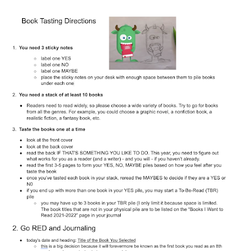 The amount of time readers spend engaged with self-selected text matters. Kylene Beers and Bob Probst, authors of many professional development books such as Disrupting Thinking: Why How We Read Matters (2017), argue that self-selected reading is one way to increase reading engagement. In Disrupting Thinking (2017), Beers and Probst explain a study conducted by Anderson and colleagues (1988). This study demonstrates the impact of time spent reading on reading achievement. One measure Anderson et al. use is the total number of words a student encounters based on the time they spend reading outside of school and their reading rate. The results of the study indicated that fifth graders who were in the 98th percentile read 65 minutes a day outside of school and encountered approximately 4.3 million words each year. In contrast, students in the 70th percentile read for only 10 minutes a day, decreasing the number of words they encountered to 622,000. Students in the 50th percentile read for only 5 minutes a day and encountered only about 282,000 words. Finally, students in the 30th percentile read for less than 2 minutes each day and encountered only 106,000 words each year. The disparities between the amount of time read, the projected number of words encountered, and reading achievement was striking. Anderson and colleagues concluded that teachers can have a large influence on how much time students spend reading outside of school and suggested that teachers work to connect readers with high-interest texts at an appropriate reading level. Since the amount of time readers spend engaged with self-selected texts clearly matters, our job as teachers is to work hard to get those self-selected texts into our students’ hands. I use Book Tastings to introduce students to a wide variety of books. This post will describe what a Book Tasting is, how to host one, and some of the results of Book Tastings I have done with my students. What is a Book Tasting? Similar to a wine tasting or food tasting event, Book Tastings are an event where readers sample or “taste” a selection of books. This activity encourages readers to sample a large selection of books in a fairly short period of time as a way to help them find a book they are interested in reading. Book Tastings are great events to hold at the beginning of the school year, the beginning of a new quarter, or any time you feel like your students need some to sample some new reading materials. 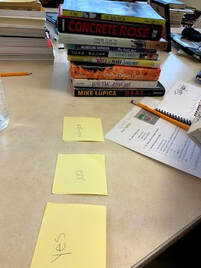 How do I Host a Book Tasting? To host a Book Tasting event, teachers should collect a variety of high-interest books across a range of genres. You can host the tasting in your own classroom or even ask the school librarian to pull some books for students to taste in the library. Once you have collected your texts, create areas in the classroom to display the texts so that the covers of all of the texts are visible. You may decide to categorize the texts by genre in different areas of the room so that there is a section for fantasy books, a section for historical fiction, etc. Pass out three sticky notes to each student. Instruct students to write "yes," "no," and "maybe" on each post-it note and put them on their desks. Students will use these to categorize the books they taste into three piles. Once readers have their sticky notes ready to go, the teacher sets the timer and gives them 90 seconds to walk around the room, gathering books for their book tasting stacks. Readers select ten books to taste. Allow students lots of time to taste their book selections. Ideally, readers will taste books from all genres, but it is more important to make book tasting a positive experience. Therefore, I never ask students to put books back; rather, I simply remind them that I hope they will expand their reading horizons this year by engaging with different types of books and books that showcase many different perspectives. So if students have an entire stack of fantasy books, I offer a few more books to taste from other genres to help them consider some additional possibilities. Encourage readers to sample their books in multiple ways and in ways that feel natural for them. I suggest that readers examine the front and back covers of the book and read at least 3-5 pages of the book before making a determination. I also suggest that they read the back cover or inside flap if that is something they like to do. After readers taste each book, they categorize them into three piles: a yes pile, a no pile, and a maybe pile. After categorizing each book, readers go back to their maybe piles and sample the books again to make a yes or no determination. If readers have more than one book in their yes piles, they decide which book they will read first and add the other yes titles to their “to be read” (TBR) lists in their reading journals. 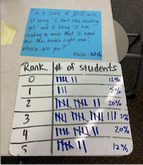 Why Use Book Tastings? Oftentimes, students arrive in class without knowing who they are as readers because previous teachers have been the ones selecting the books they read. Because students often are not afforded opportunities to select their own reading materials, they often have a negative attitude toward reading. At the beginning of each school year, I ask my students to rate how much they like reading on a scale of 0 to 5, where 0 is “I don’t like reading yet” and 5 is “I love reading so much that I need to read ALL the books right now.” During the 2020-2021 school year, I began the year with only 22% of my students selecting a 3 or higher. When I asked my students to rate how much they like reading again at the end of the year, that number had increased to 92%. Assisting my students in discovering books that were interesting to them not only increased the amount of time they spent reading, but also increased their attitude toward and enjoyment of reading. This year, we are off to an even more promising start. When I asked my students to rate how much they enjoy reading at the beginning of the 2021-2022 school year, 63% of students selected a 3 or higher (see image on the right). These results give me hope that with the use of Book Tastings throughout the year, I will reach my end goal of 100% of students rating their enjoyment of reading at a 3 or higher. My Fall 2021-2022 Book Tasting On the first Book Tasting day this school year, the room was dead silent as readers tasted their books. Some students chose to take notes, while others did not. Once each student had at least three or four books in their YES stacks, I asked them to make the most important decision a reader can possibly make: decide which book to read first. After readers made their decision, I asked them to journal about the book they chose and why they had said yes to the books they selected. In the end, each reader had a self-selected book and most had already started their To-Be-Read (TBR) stacks with some pretty fantastic reads! Getting self-selected books into the hands of my readers helped students feel motivated and inspired to read - and that's exactly what I needed to initiate a positive shift in their perception of reading. On Day 5, the last day of our first week of school for the 2021-2022 school year, I gathered the last bit of data I needed, and, based on what I found, I am pretty sure my end goal thinking is on the right track. I am thrilled to share that at the end of our first week of school, my readers - as a collective group of 59 students - had read 4,895 pages of self-selected text - and many had already finished more than one book. In fact, some students had finished three or more books, and the enthusiastic chatter and sharing of books and journal entries during 'care to share' journal time told me we were off to a phenomenal start! References Anderson, R. C., Wilson, P. T., & Fielding, L. G. (1988). Growth in reading and how children spend their time outside of school. Reading Research Quarterly, 23(3), 285–303. Beers, K., & Probst, R.E. (2017). Disrupting thinking: Why how we read matters. New York: Scholastic. Debbie Myers is an 8th Grade Reading Teacher at Milton Hershey School and a member of CLA. She is also the co-planner of nErD Camp PA. Comments are closed.
|
Authors:
|
CLA
About CLA
|
Journal of Children's Literature
Write for JCL
|
ResourcesCLA-sponsored NCTE Position Statements
|
Members-Only Content
CLA Video Library
|
© COPYRIGHT 2018.
ALL RIGHTS RESERVED |

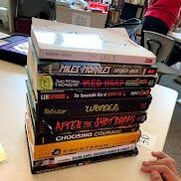
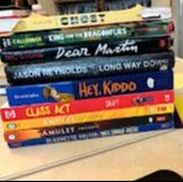
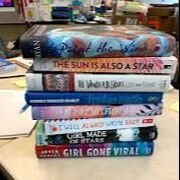
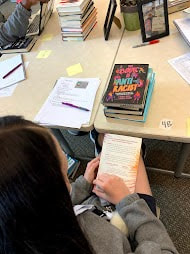
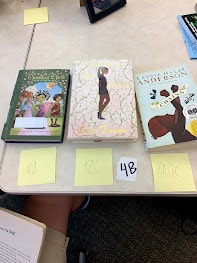
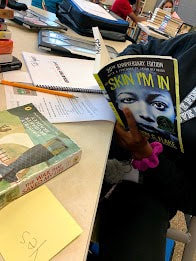
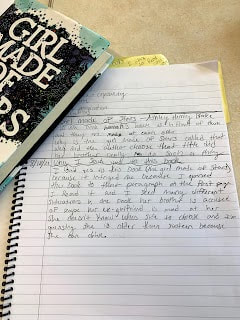
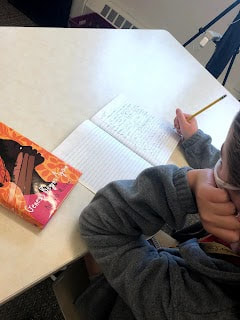
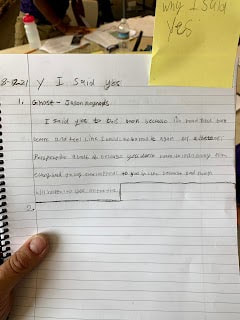
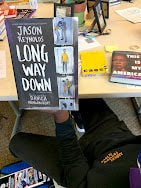
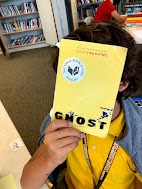
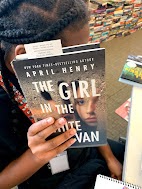
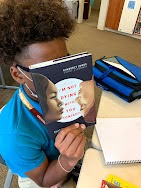
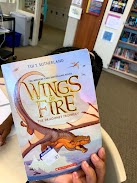
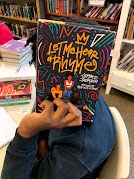
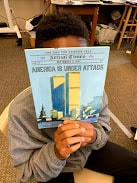
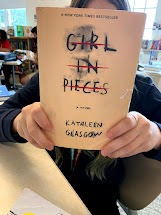
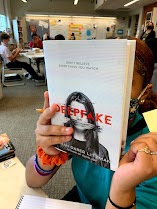
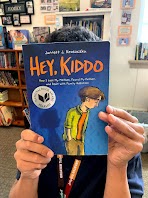
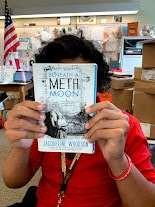
 RSS Feed
RSS Feed